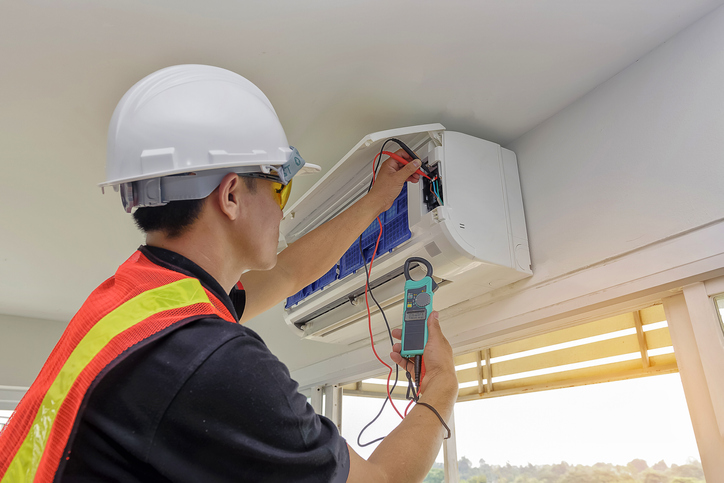Dean Bickford, a partner in our Real Estate team, looks at the importance of pre-acquisition surveys and what you should be aware of.
The often quoted “caveat emptor” or “let the buyer beware” remains good law when it comes to purchasing or taking leases of commercial property. The fear of discovering poor structural walls or a leaky roof after you are committed to buy a property, has encouraged many well-advised buyers or prospective tenants to commission a pre-acquisition survey. Such a detailed building survey can find issues which may have a material impact on whether the acquisition progresses or the commercial terms of that acquisition (principally the price, or rent).
However, what should the buyer beware of? Is the survey going to reveal everything? Sadly, the answer is that not everything that the buyer or tenant needs to know is highlighted even in a comprehensive building survey. As you would expect, the survey will look at the physical condition of the building (roof, structure, windows, doors etc). These are very important, as the cost of their on-going maintenance will fall on the buyer or tenant either directly or through a service charge.
But what about the services? How many buyers commission an engineer to inspect the state and condition of the lighting, heating or air-conditioning systems? This is an area which is often ignored or it is assumed that they are working properly. Even in a well-managed, properly maintained building, there can be problems with such systems. This can lead to issues with compliance with statutory requirements (such as fire safety and air-conditioning regulations) and terms of occupation or buildings insurance.
Real situations have arisen where prospective tenants commissioned a service engineer’s report and that flushed out problems such as:
- fire alarm systems that were faulty
- lighting controls that were incorrectly wired
- inadequate cooling capacity
- wiring not complying with industry safety standards
- a boiler system that required an upgrade
These items add up to a significant cost which would have fallen on the tenant through increased service charge or their obligations under the lease. As the problems were identified at the outset, the tenant was able to ensure that the landlord paid for remedial works and that adequate protection was incorporated in the lease to avoid such cost.
It is important to note that not all of these items would have been picked up in a standard building survey. In fact, one such survey was of a well fitted-out London office and at first glance, it all seemed fine.
Therefore, when evaluating the cost of taking on new commercial premises, bear in mind there will be a cost but a potential major benefit in ensuring that the services are also properly inspected along with the fabric of the building. Otherwise, you may find that there are hidden expenses to add to the fit-out and moving-in costs.

